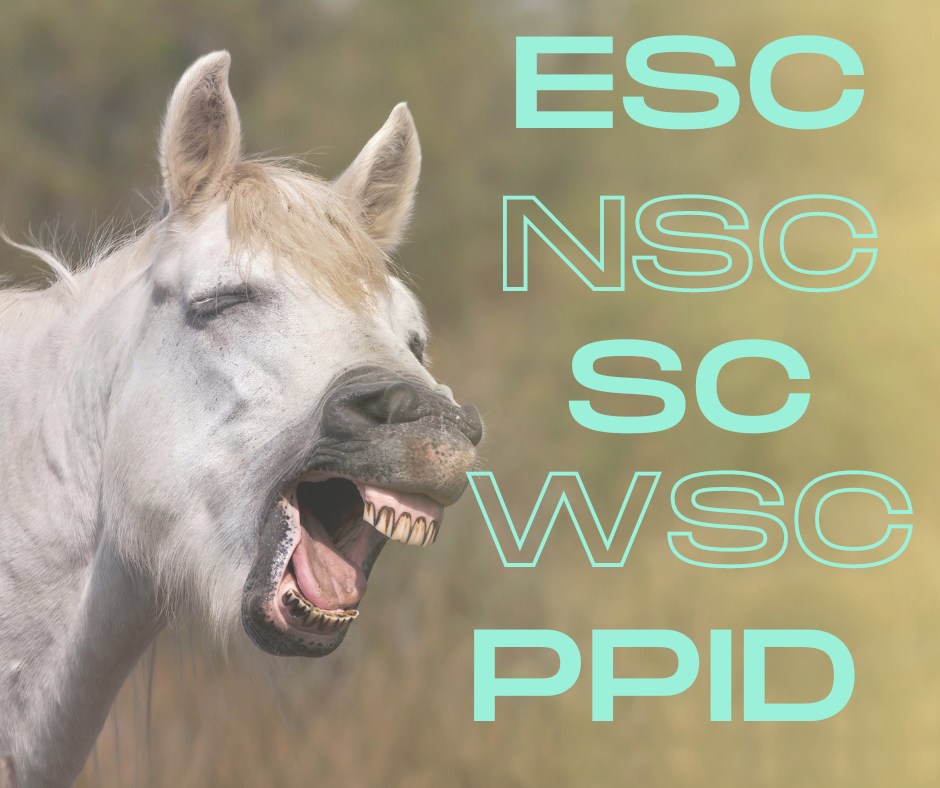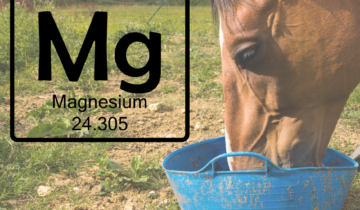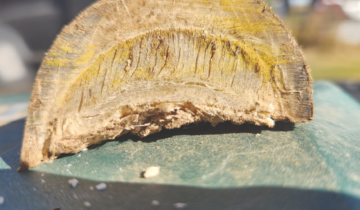Understanding the acronyms in hay and pasture analyses is the best start for anyone concerned about their horse’s nutrition. Terms like SC, NSC, WSC, ESC, starch, and fructans often get categorised as sugars, but it’s essential to delve into their specific meanings and how they interact within the equine digestive system.
Let’s break it down. NSC, or non-structural carbohydrates, encompasses simple carbohydrates like sugars, fructans, and starches. Think of these as the plant’s “food and storage” components. These components undergo fermentation by the horse’s gut microbiome and enzymatic digestion. Fructans are solely fermented, not digested, while simple sugars and starch are both digested by enzymes and fermented throughout the digestive tract.
On the other hand, SC refers to structural carbohydrates, providing the plant with rigidity through components like lignin, cellulose, and hemicellulose. Cellulose and hemicellulose are fermented in the hindgut, while lignin is non-fermentable.
Fructan, a storage form of fructose found in C3 or cool-season grasses, is fermented throughout the digestive tract, acting as a prebiotic. Notably, Dr. Kellon emphasizes that fructans are not sugars and do not cause laminitis unless they make up 40% or more of the forage, a rarity in hay analyses.
Simple sugars, identified as ESC in analyses, are crucial when assessing hay for ponies and horses with endocrine disorders like PPID and EMS. These sugars, including glucose and fructose, are absorbed into the bloodstream.
Starch, a storage form of glucose in plants, is digested by enzymes and fermented by microbes. This is a factor to consider when evaluating hays for ponies with EMS and PPID.
Ultimately, when formulating a horse’s diet, it’s vital to consider the nutritional content of forages, concentrates, and co-products. For example, feeding oaten hay to an easy keeper or a horse with EMS is discouraged, while horses in heavy work may require the energy found in cereal hays and grains.
Horses in light work or serving as pasture companions typically thrive on Rhodes grass hay and/or pasture as the foundation of their ration. However, those in heavy work may have higher energy requirements met by cereal hays and grains.
In conclusion, it’s essential to assess your horse’s energy and nutritional needs, utilizing nutritional analysis to formulate a diet based on their discipline or condition. Avoid labelling a specific forage or concentrate as the “devil’s food” without considering its role in the overall equine diet. Remember, a holistic approach is key to ensuring your horse’s well-being, the same as feeding a species-appropriate diet.




 No products in the cart.
No products in the cart.